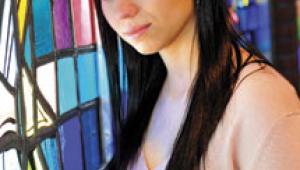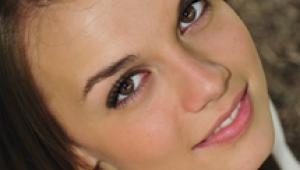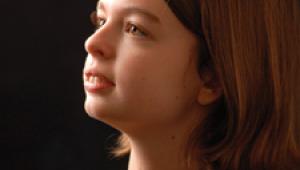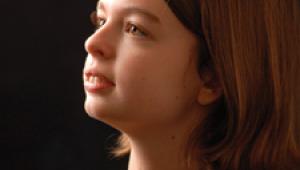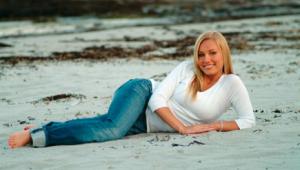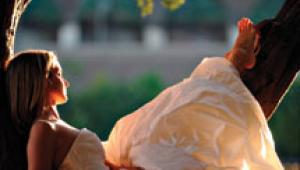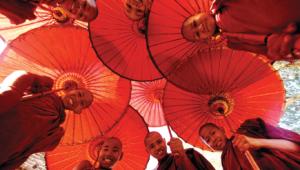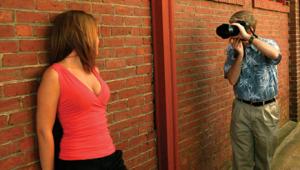Digital Debate
For Group Portraits, Film Still Rules
I think I've got a new career here. Me, probably the least technical of all the Shutterbug writers, writing about technical stuff! I'm basing that on the flood of e-mails and comments I received about my digital portrait article in the April issue. I think it's because the average reader can identify with where I'm coming from. They don't need to understand every little minute technical detail, they just want to know about results. And that's where I'm at--results. You see, I've been taking pictures for more years than I'd care to mention but I don't know a damn thing about lens design, and I don't have to. I just take a look at what my fellow writers, whom are much more technically inclined than me, have to say. If they say it's a good piece of equipment and it can do what I expect it to, that's all I've got to know. So, with that as a preface, let me tell you why the same guy who shoots 200+ high school seniors on a Fuji S1 Pro digital camera still prefers film for group photos. The Big Print |
|||
I strongly believe that every family should have a wall portrait in their home. Anything smaller than 20x24 is not easily viewed from farther than 6 ft. We don't want a portrait you have to squint at--we want a portrait that will be a focal point of the room. Ask yourself--is anything in your life more important than your family? Dysfunctional as they are, we call them family. OK. Now we've got the rational for a larger portrait. How do we go about doing it? We could choose digital, 35mm format, or medium format. This is where medium format rules. We're all familiar with film. I usually do portraits on location so I prefer a 400 speed film, either Kodak Portra or Fuji NPH. Would I feel comfortable making a 24x30 from a 35mm negative? Nope. It's just too small. So let's look at a typical pro digital camera, like my Fuji, and see why at this stage of the game film is still a better choice. Now this is where the non-technical guy (me) gets about as technical as he knows how. This is something that took me a long time to understand. Every time I'd look at these great sample prints from digital cameras, one of my photographer friends (read "smarter than Steve") would say, "It's a nice headshot, what can they do with a group?" I didn't understand why there should be any difference. After all, in the film world, a 20x24 is a 20x24, no matter what the subject. Right? |
|||
The Pixel Problem explained in technical terms, see David B. Brooks or one of the other "smarter" guys. Reason two is that, just like the 35mm film, I don't think there is enough data in the digital file for a print that big. Going "by the numbers" and sizing the files to 300dpi for good print quality, you can see that in theory 11x14 should be about the maximum print size from my camera. Again, I deal with the real world and know what my lab can produce. I have made many 16x20s and some 20x24s that look pretty good, but that's pushing the limits of this type of camera. Note that I am talking about the pro cameras based on 35mm bodies. I have not tested the digital backs that fit on medium format cameras. They gather much more information and I expect that there would be no problem at all as far as print quality is concerned. At this point though, these backs don't make sense for a small studio like mine. Economically, my payback would be too long and wouldn't make sense since film is working so beautifully for me. Then there's the question of storage for all those much bigger files, upgrades to computer hardware, etc. At this point, as far as family and group portraits are concerned, I'm still a firm believer in film. Maybe next year or even six months from now things will be different, but for now that's my story and I'm sticking to it. Keep up with the latest developments by signing up for my biweekly e-mail newsletter at steve@stevebedell.com. |
- Log in or register to post comments



